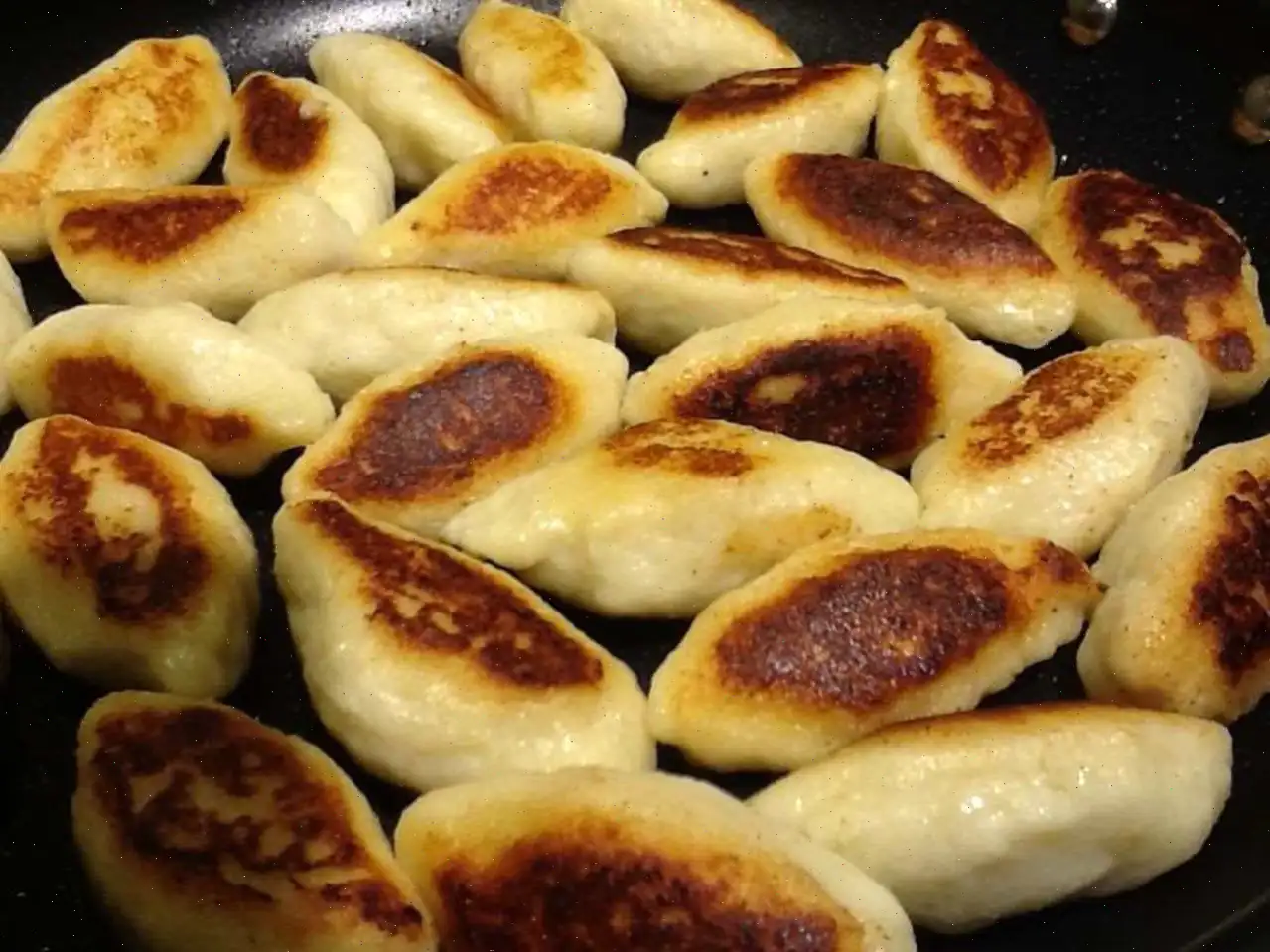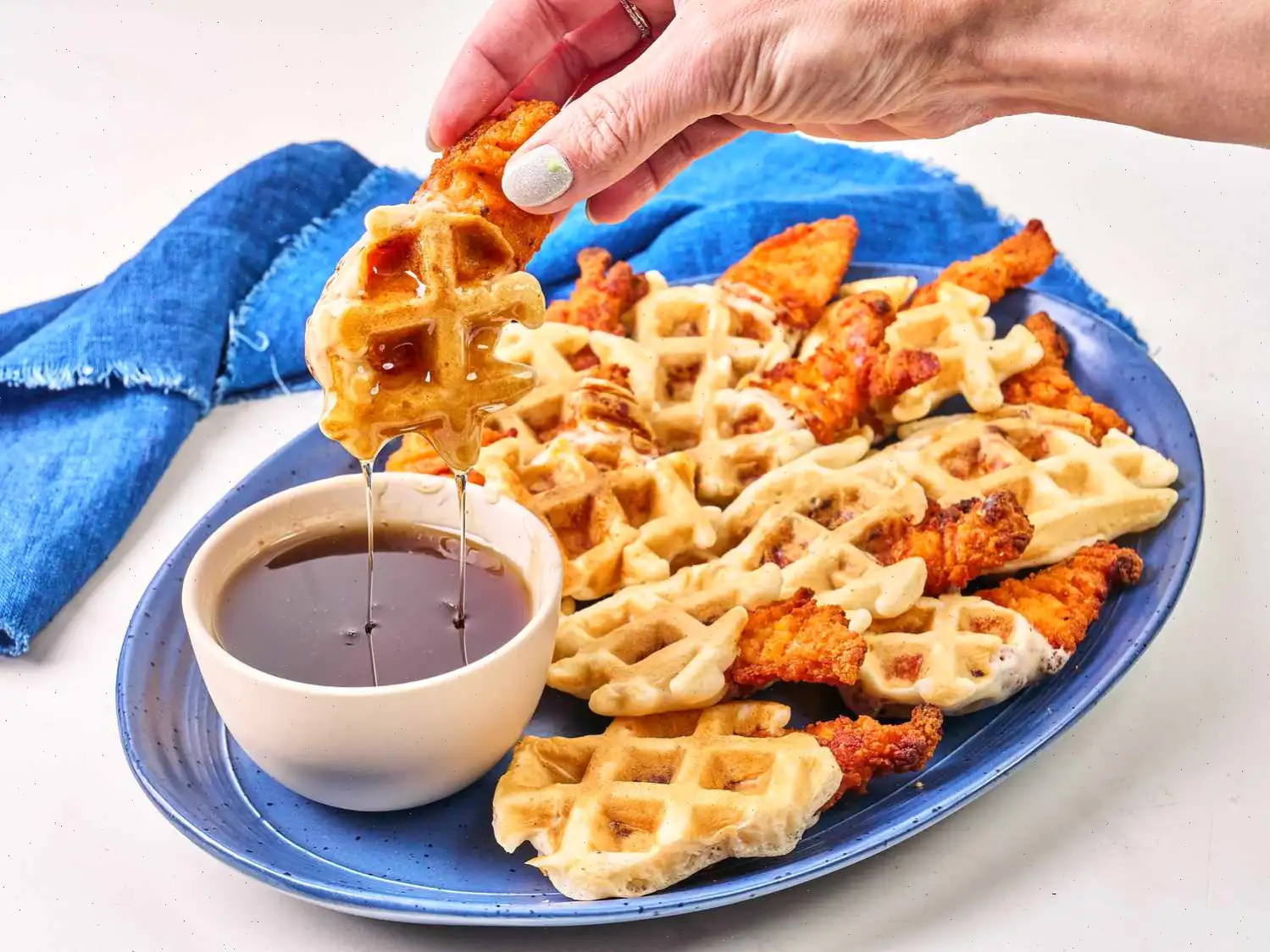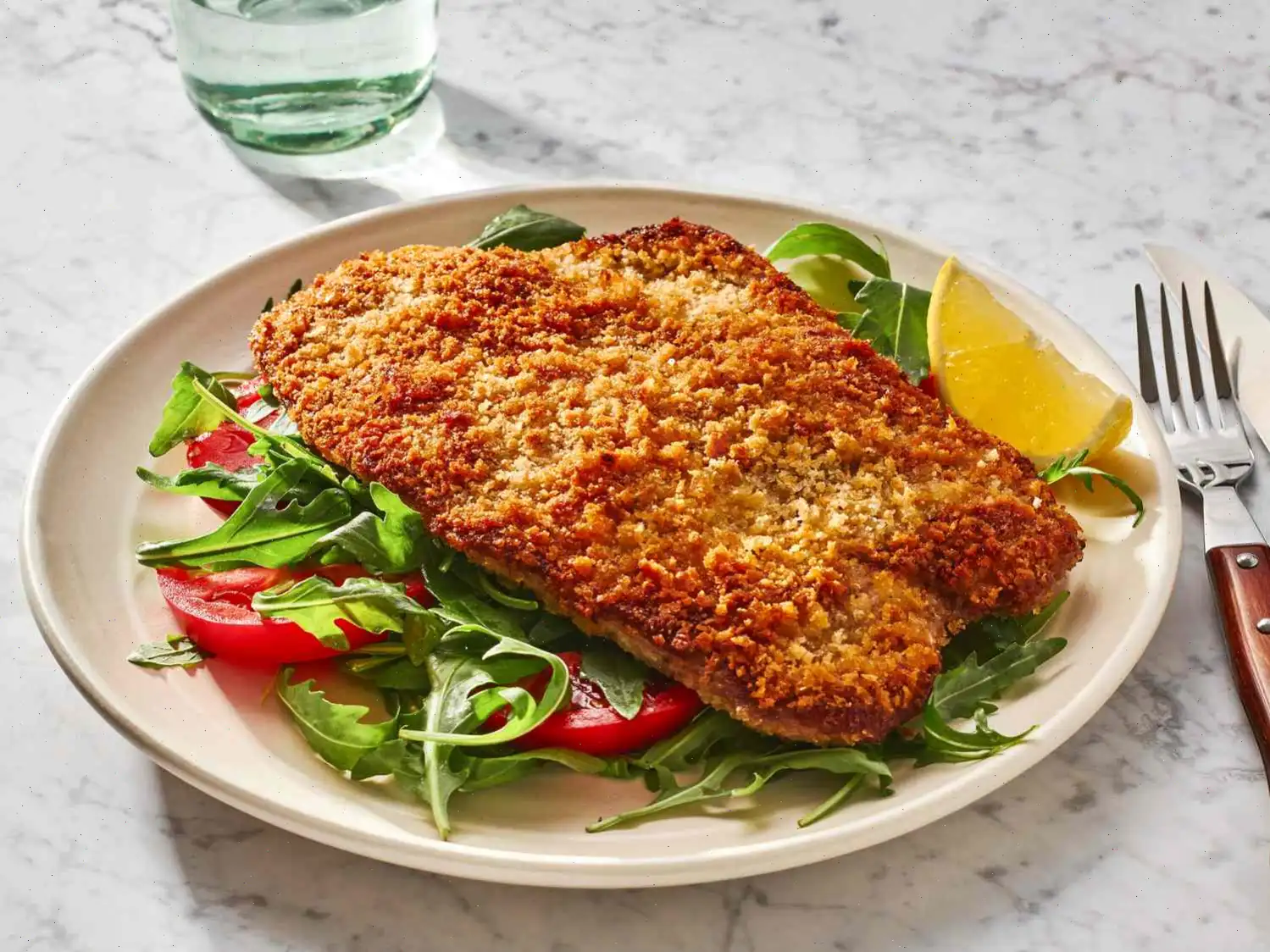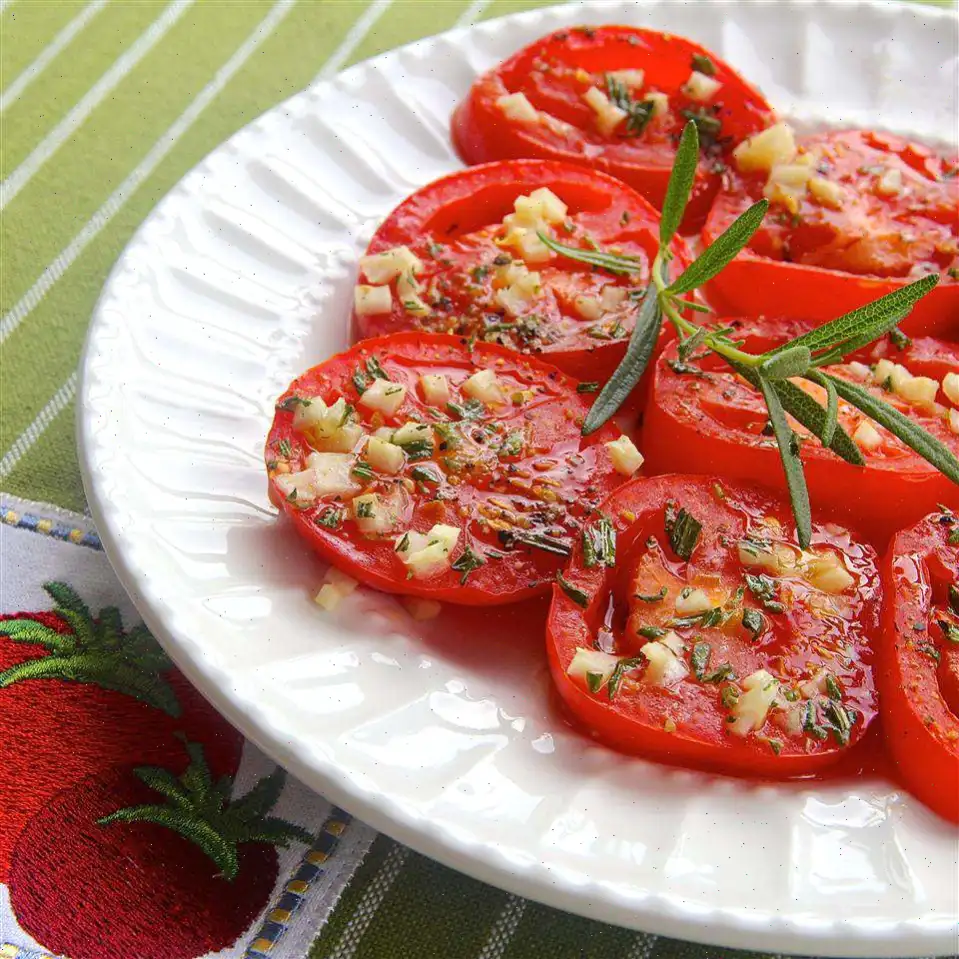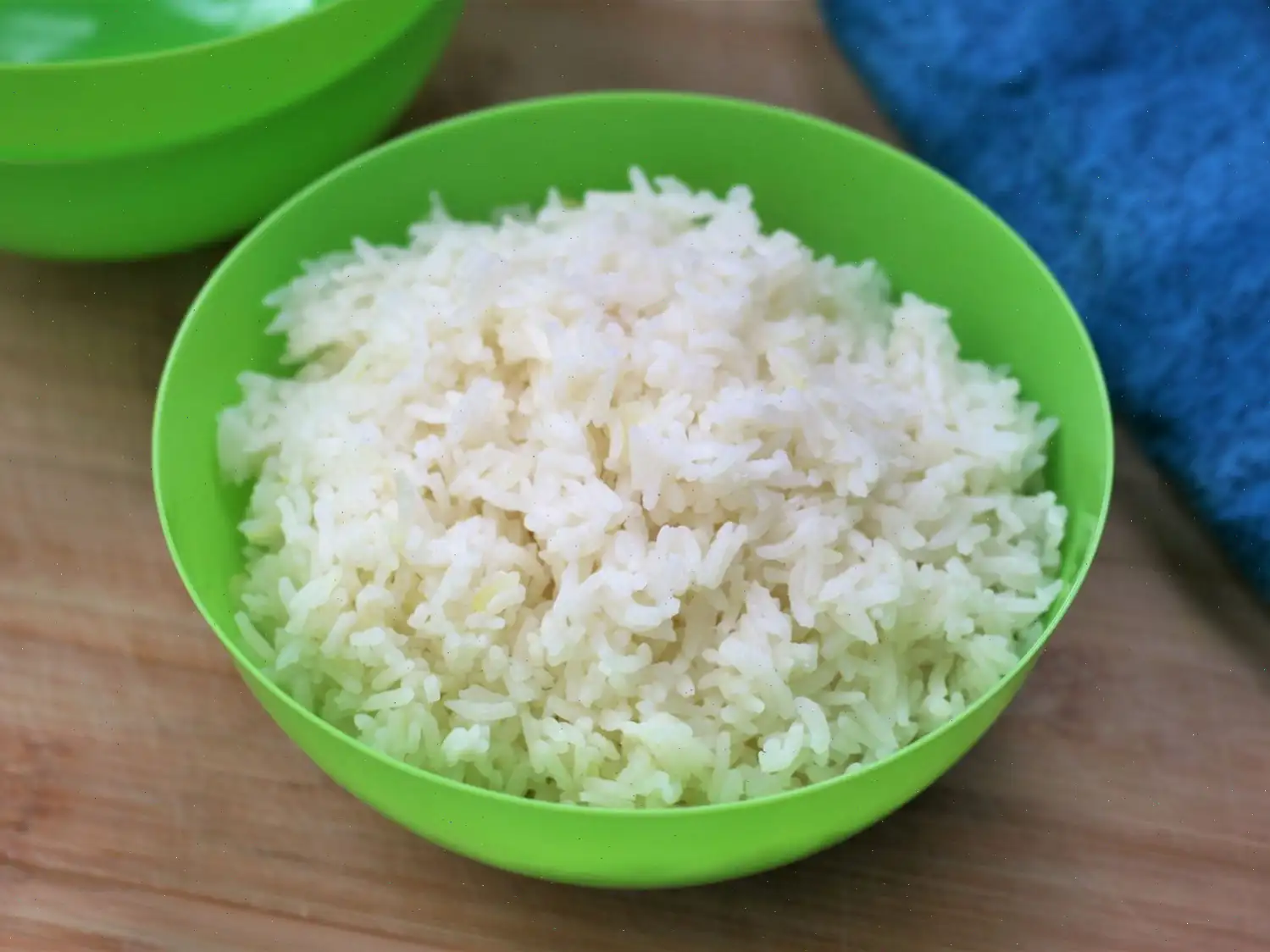
Schupfnudeln (German Fried Potato Dumplings) Recipe
Ingredients
- 2 large starchy potatoes, such as russet or Yukon Gold
- 1 cups flour, or as needed
- 2 large eggs
- Salt and freshly ground black pepper to taste
- 1 pinch ground nutmeg
- 2 tablespoons butter
Directions
- Place potatoes into a large pot and cover them with salted water. Bring to a boil, then reduce heat to medium-low and simmer until tender, about 20 to 25 minutes.
- Drain and peel the potatoes once they are tender.
- Transfer the peeled potatoes into a large bowl and mash them using a potato masher until smooth.
- Add the flour, eggs, salt, pepper, and nutmeg to the mashed potatoes. Mix well until the ingredients are fully incorporated into a smooth dough.
- Shape the potato dough into oblong dumplings with two pointy ends, using your hands. If the dough sticks to your hands, rinse them under cold water to make the shaping easier.
- Bring a large pot of water to a boil, then reduce the heat to a simmer. Working in batches, drop the dumplings into the simmering water. Cook them until they float to the surface, indicating they are done.
- Use a slotted spoon to remove the dumplings and transfer them to a large bowl of cold water. Let them cool for a few minutes.
- Once the dumplings are cooled, transfer them to a colander and drain well.
- Heat the butter in a large skillet over medium heat. Once hot, saut the dumplings in the butter until they are golden brown and crisp on all sides, about 5 to 10 minutes.
- Once cooked, drain the dumplings on a paper towel-lined plate to remove excess butter.
Recipe Tip
The original German recipe is in metric. If you have a scale, the measurements are 750 grams of potatoes and 225 grams of flour.
Nutrition Facts (per serving)
- Calories: 286
- Total Fat: 6g (8% Daily Value)
- Saturated Fat: 3g (16% Daily Value)
- Cholesterol: 72mg (24% Daily Value)
- Sodium: 59mg (3% Daily Value)
- Total Carbohydrate: 50g (18% Daily Value)
- Dietary Fiber: 4g (13% Daily Value)
- Total Sugars: 1g
- Protein: 8g (17% Daily Value)
- Vitamin C: 24mg (27% Daily Value)
- Calcium: 31mg (2% Daily Value)
- Iron: 3mg (17% Daily Value)
- Potassium: 581mg (12% Daily Value)
* Percent Daily Values are based on a 2,000 calorie diet. Your daily values may be higher or lower depending on your calorie needs.

Schupfnudeln are a beloved dish from Germany, consisting of fried potato dumplings that are crispy on the outside and soft on the inside. They are typically made with starchy potatoes, eggs, flour, butter, and a touch of nutmeg. These dumplings are commonly served as a side dish or snack and are often enjoyed with sauerkraut, bacon, or other accompaniments.
History and Origin
The origins of Schupfnudeln trace back to Southern Germany, particularly the Swabian region, and parts of Austria. The dish's history is rooted in the traditional German culinary practices of utilizing local ingredients like potatoes and flour to create hearty, satisfying meals. Schupfnudeln were originally a way to make use of leftover mashed potatoes, a practice that is common in many European cuisines. Over time, they became a popular dish in their own right, especially in rural areas where potatoes were a staple food.
Regional Variations
While Schupfnudeln is typically associated with southern Germany, especially Baden-Wrttemberg and Bavaria, variations of the dish can be found throughout the country. In Swabia, the dumplings are often served with sauerkraut or braised pork, whereas in Bavaria, they are sometimes served with a sweet touch, paired with sugar and cinnamon. In Austria, the dish is similarly enjoyed, often with bacon or sausages. The shape of the dumplings can also vary slightly depending on the region, though they are traditionally elongated with pointed ends, resembling small sausages.
How It Differs from Similar Dishes
Schupfnudeln is similar to other types of dumplings found in German cuisine, such as kndel (potato or bread dumplings) and spaetzle (small, soft egg noodles), but it stands apart in both texture and preparation. Unlike spaetzle, which is made by dropping dough into boiling water, Schupfnudeln are first boiled, then fried in butter until golden and crispy. This additional frying step gives Schupfnudeln their signature crispy exterior, making them more akin to a hybrid between a dumpling and a pan-fried dish. The shape and density of Schupfnudeln also set it apart from other dumplings, which tend to be round or more compact.
Where It's Typically Served
Schupfnudeln are a versatile dish that can be served in many settings. They are commonly enjoyed as a side dish at German family meals, often paired with hearty main courses like roast meats, sausages, or stews. In some regions, they are served as a main dish, especially when accompanied by sauerkraut, bacon, or even a creamy sauce. In some areas of Germany, Schupfnudeln are also popular as a snack, sometimes eaten with a dusting of sugar and cinnamon, especially in the winter months. Due to their rich flavor and satisfying texture, Schupfnudeln are a great comfort food and can be found in traditional German restaurants and home kitchens alike.
Fun Facts
- Schupfnudeln are sometimes called "finger dumplings" due to their elongated, finger-like shape.
- The name "Schupfnudeln" comes from the German word "schupfen," which means "to shove" or "to push," referring to the action of shaping the dumplings by hand.
- The dish is particularly popular during the colder months, as potatoes are abundant and inexpensive in the fall and winter seasons.
- While Schupfnudeln are mostly savory, they can also be enjoyed in a sweet version, served with sugar, cinnamon, or even fruit like apples or plums.
Conclusion
Schupfnudeln is a simple yet delicious dish that highlights the beauty of traditional German cooking. With its humble origins and regional variations, it continues to be a favorite comfort food in Germany and beyond. Whether served as a side dish or as a satisfying main course, Schupfnudeln is a timeless recipe that brings warmth and flavor to any table.


